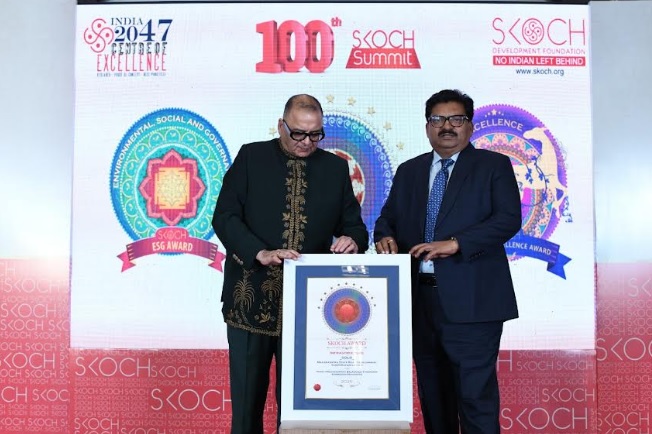When India launches its latest weather satellite on Saturday, it will be using a rocket that has been dubbed the “naughty boy” of the Indian space agency.
The Geosynchronous Satellite Launch Vehicle (GSLV), which is scheduled to lift off with the INSAT-3DS satellite from Sriharikota in Andhra Pradesh at 5.35 pm on Saturday, was called “naughty boy” by a former chairman of the Indian Space Research Organisation (ISRO) since the rocket has not performed adequately in six of its 15 flights – a failure rate of 40 per cent. The last launch of the GSLV, on May 29, 2023, was successful but the one before that – on August 12, 2021 – was a failure.
In comparison, the GSLV’s heavier cousin, the Launch Vehicle Mark-3 or the ‘Bahubali rocket’, has completed seven flights and has a cent-percent success record. The workhorse rocket of ISRO, the Polar Satellite Launch Vehicle (PSLV), also has an enviable 95 per cent success rate, with just three failures in 60 launches.
The GSLV is a three-stage rocket that is 51.7 metres long – about a quarter of the length of the Statue of Unity, which stands 182 metres tall – and has a liftoff mass of 420 tonnes. The rocket uses an India-made cryogenic engine and ISRO plans to retire it after a few more launches.
The satellite being launched on Saturday is very special and is much needed as it will help boost India’s weather and climate monitoring services. Called INSAT-3DS, it is a third-generation upgraded, dedicated meteorological satellite. The satellite weighs 2,274 kg and has been built at a cost of about Rs 480 crore. It is fully funded by the Ministry of Earth Sciences, said ISRO.
Under Prime Minister Narendra Modi, the Department of Space can now only fly missions that are fully endorsed and supported by user agencies.
Better Forecasts, Saving Lives
ISRO officials said the new weather monitoring satellite is designed for enhanced meteorological observations and monitoring of land and ocean surfaces for weather forecasting and disaster warning. India has been using these eyes in the sky to help its weather office give increasingly accurate forecasts, which often help save lives.
“Indian weather satellites have been a game changer. Satellites are truly the eyes in the sky that have helped India forecast cyclones with great precision,” said Dr M Ravichandran, an accomplished atmosphere and ocean science specialist, who is the secretary of the Ministry of Earth Sciences.
“Cyclones that originated in the Bay of Bengal during the 1970s led to fatalities of the order of 300,000 people. But this was before the Indian weather satellites came into existence. Now, with India using its own dedicated constellation of satellites, the cyclone forecast is so accurate that the death toll has dropped to double digits or, sometimes, to none at all.’
India currently has three operational weather satellites: INSAT-3D, INSAT-3DR, and OceanSat.
Dr Ashim Kumar Mitra, project director of the Satellite Meteorology Division, India Meteorological Department (IMD), said, “INSAT-3D is nearing its end-of-life period after having served since 2013, hence a replacement satellite was the need of the hour.”
Explaining how weather satellites give data for forecasts, Dr Mitra said, “Satellites basically measure the radiance coming from the Earth’s surface and cloud tops. By making such measurements at appropriate wavelengths and applying physical and statistical techniques, it is possible to compute a wide range of products for weather monitoring and forecasting. Further, the satellite meteorological data on a global scale are vital inputs in Numerical Weather Prediction (NWP) models as initial conditions.”
“For a tropical country like India where high-impact convective events are very common, it is necessary to have good quality, high-density observations both on the spatial and temporal scale,” he explained.
The new satellite also has a search-and-rescue transponder that helps pick distress signals from special equipment that is often carried by ships and even trekkers, helping locate them if they are lost in remote places or in distress.
India being a tropical country where atmospheric variations are high, weather satellites are an essential tool for the IMD. “All investments made in the Indian weather satellites have been paid back manifold,” Mr Ravichandran asserted.
Now India has to wait and see if the “naughty boy” of ISRO has been duly tamed into obedience or it continues to be ‘misbehaved’.














